Velca Cave, located in the Vlore region of Albania, is not only a natural wonder but also a site of immense archaeological significance. The cave complex offers an unparalleled glimpse into ancient human history, with evidence of early habitation and a wealth of cultural artifacts that date back thousands of years.
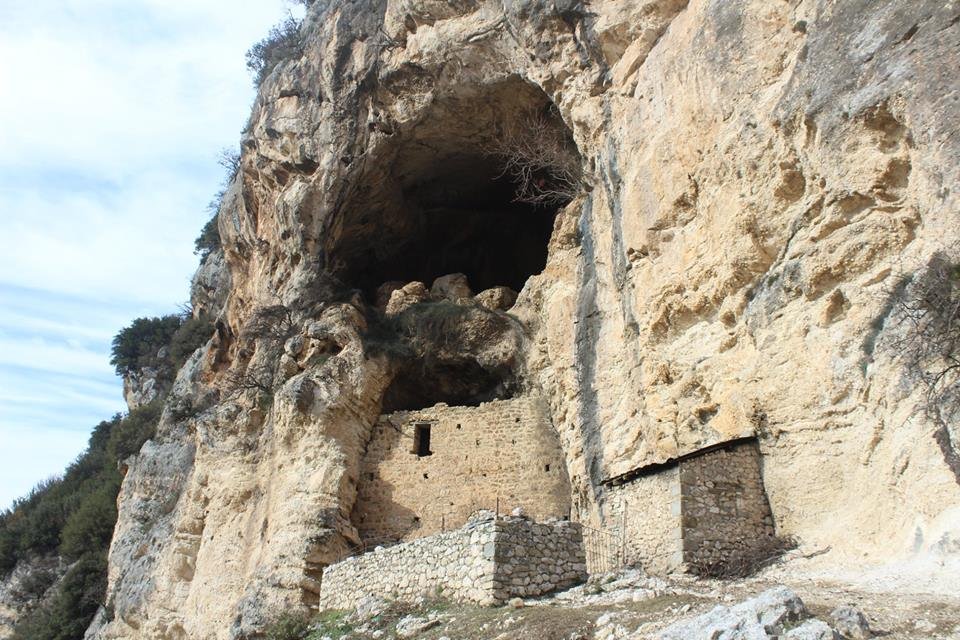
Introduction to Velca Cave
Velca Cave is a stunning geological and archaeological site nestled just outside the village of Velçë. The cave complex is known for its intricate system of chambers and tunnels, which have preserved invaluable evidence of human life from as far back as the 3rd millennium BC. This remarkable site provides insight into the lifestyle of early human settlers and offers a tangible connection to the ancient past.
Geological Significance of Velca Cave
A Natural Formation Over Thousands of Years
The cave’s geological formations are a result of millions of years of erosion and sedimentary processes. The limestone rock has been shaped by water over time, creating spectacular stalactites and stalagmites. These formations add to the cave’s allure and its importance as a natural wonder. Visitors to the site can witness firsthand how the earth’s forces have created this unique underground world.
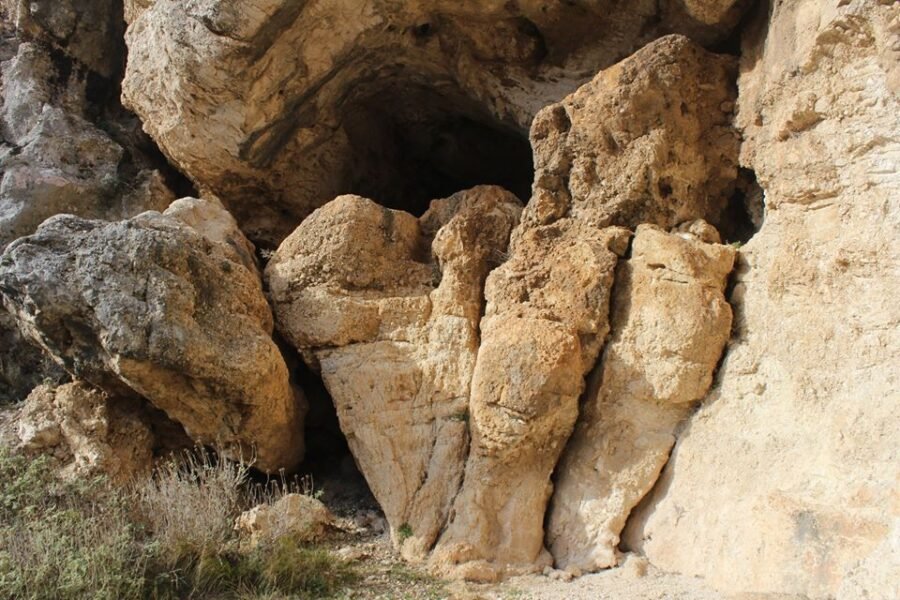
Historical Importance of Velca Cave
Evidence of Ancient Habitation
Velca Cave has been inhabited for thousands of years, and this is supported by a wealth of archaeological findings. According to the renowned Italian prehistorian Prof. Piero Marcone, who explored the cave in 1936, evidence of early human settlement in Velca dates back as far as the 3rd millennium BC. His notes and research led to the discovery of significant cultural artifacts, making Velca Cave one of the most important archaeological sites in Albania.
The evidence includes tools, pottery, and human remains that provide a picture of life in this region during ancient times. These early settlers used the caves for shelter, utilizing the natural rock formations to create homes and secure living spaces.

The Cultural Significance of Velca Cave
Velca Cave is not only a symbol of natural beauty but also an important cultural landmark. The cave complex is considered one of the most significant cultural attractions in Albania, offering a rare look at the early stages of human civilization. The rock dwellings and caves are a testament to the resilience of ancient peoples who adapted to their environment and used the natural landscape to their advantage.
Without these preserved stone dwellings, much of the evidence of early human life in this region would have been lost. The caves serve as a living testament to the cultural heritage of Albania, providing a deeper understanding of the past.
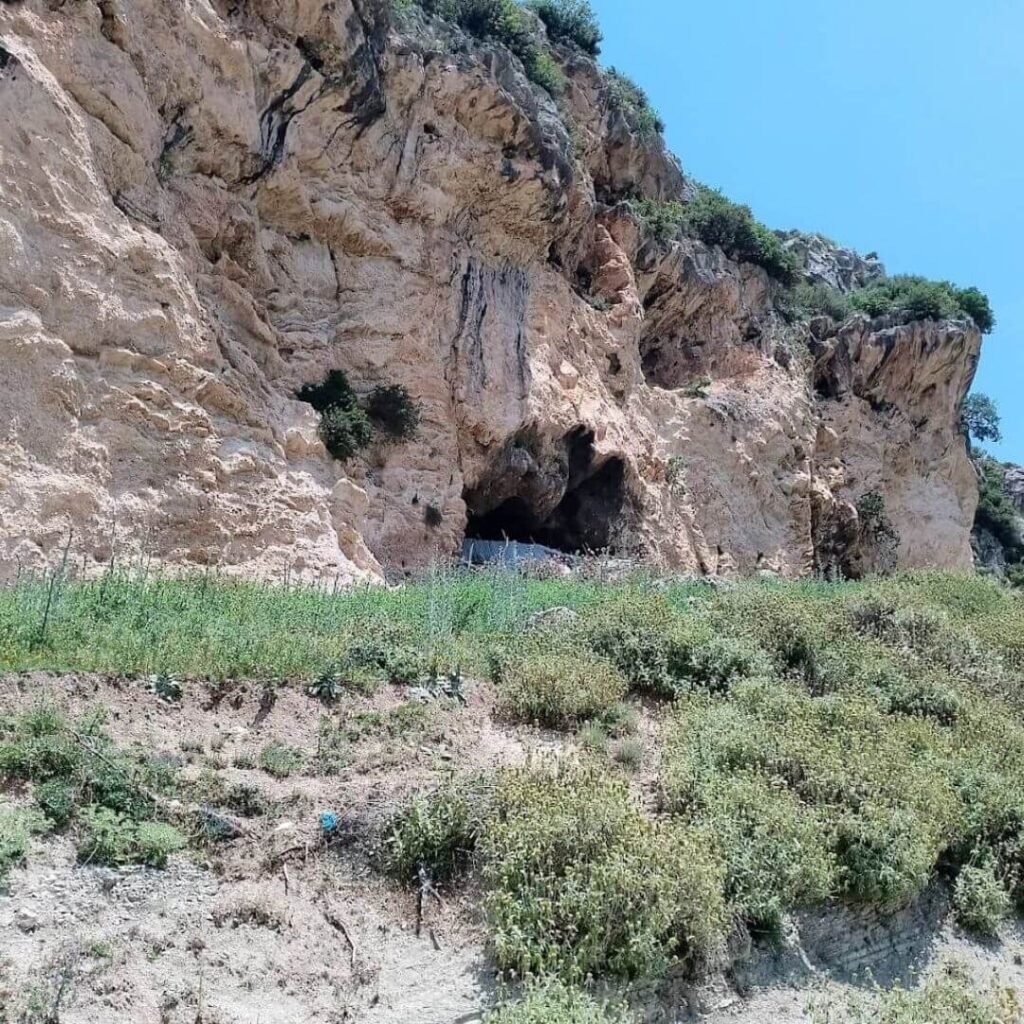
Key Archaeological Findings
Several notable excavations have taken place at Velca Cave over the years, uncovering valuable evidence of ancient human life. In 1941, the Italian archaeologist D. Mustili conducted extensive excavations at the cave. His report revealed the discovery of stone axes, flint tools, and a previously unknown type of painted Eneolithic pottery. Mustili’s work provided key insights into the material culture of the people who once inhabited Velca Cave. He also documented fragments of painted Neolithic pottery, which were found in the area around Velça, not far from Vlora.
Mustili’s excavations, particularly in Cave 2, were meticulously documented, with photographs, technical drawings, and reports on human tooth bones and other artifacts. Geologist Alberto Pelloux also contributed to the study, providing a report on the seven stone axes found at the site.
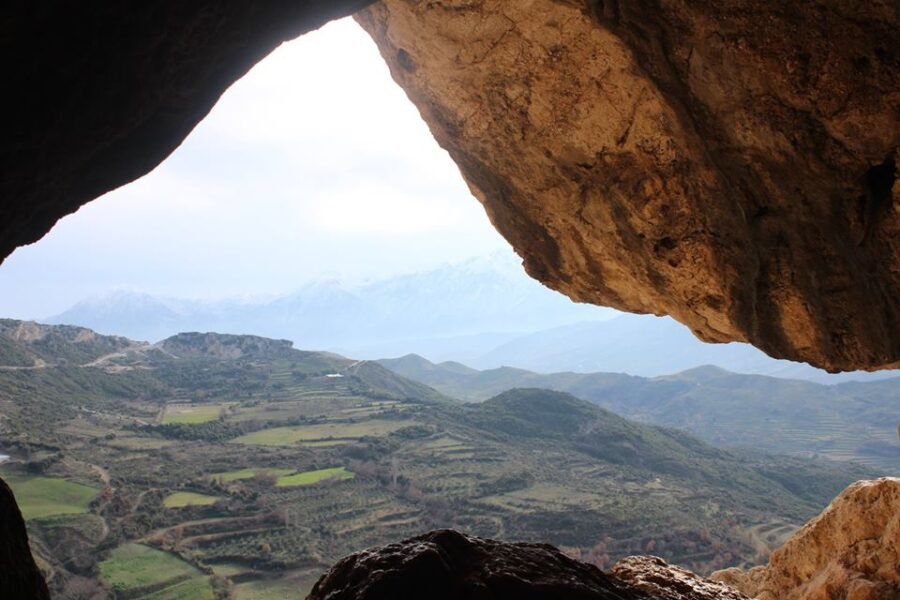
In 1936, after further observations of the surrounding gorge, L. Cardini returned to Cave 2 to conduct detailed excavations. Cardini’s work revealed significant findings, including ceramic fragments and bones from the Bronze and Iron Ages. He described the cave’s two main chambers, detailing the layout, deposits, and materials found. The first chamber, which was 6 meters wide and 8 meters deep, contained a raised area with large stones at the back. The second chamber, known as the “Dark Corridor,” was much colder and drier, and its floor was covered with deposits of red earth and scattered stones. It was in this chamber that Cardini discovered 15 fragments of pottery, shedding light on the material culture of the people who once lived there.
The Complex Cave System
The Velca Cave system is extensive, with several interconnected caves, including Cave 4, which is known as the “Castle Cave.” This cave is one of the most visually impressive of all the caves in the complex. It consists of a large, two-story space, with a cavity to the southeast that is estimated to be 18-20 meters high and 6-8 meters wide. Inside, the cave features a wall that has transformed the lower chamber into a barn, and various trenches and cavities that have yielded additional archaeological materials, including bones, charcoal, and pottery fragments.
Cardini’s excavations also revealed an internal corridor that connected Cave 2 to Cave 4. This corridor, as well as the cave itself, provides further evidence of the interconnectedness of the settlement and the inhabitants’ use of the cave system.
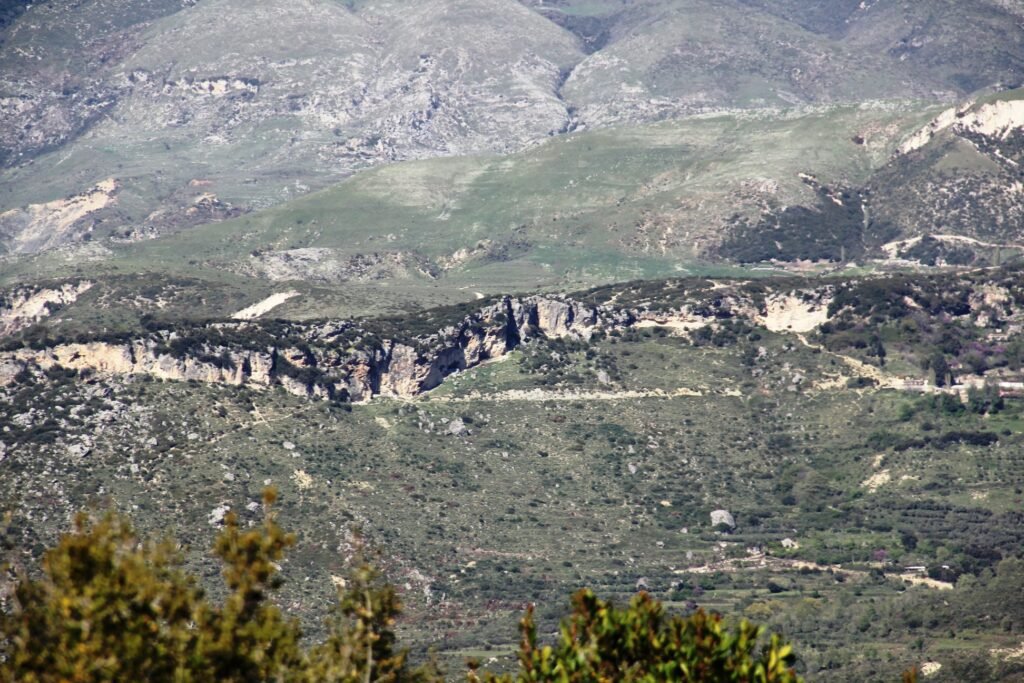
The Late Neolithic Culture of the 3rd Millennium BC
In conclusion, many scholars and archaeologists agree that the Velca Caves are significant sites belonging to the late Neolithic culture of the 3rd millennium BC. The cave complex extends across a rocky massif, with caves located relatively close to one another. The area is characterized by a reddish layer of rock, with shrub cover on top, and the caves themselves are surrounded by the perimeter of this rocky outcrop.
According to Prof. Piero Marcone’s notes from 1937, Velca Cave was likely inhabited 1000 years before Christ, making it one of the oldest known settlements in the region. The caves are not only a testament to the Neolithic culture but also to the resilience of the people who once lived here. This ancient settlement is an important part of the cultural fabric of Albania, and it is a reminder of the rich history of human habitation in this area.
The Name “Velça” and Its Historical Significance
Historically, the village of Velça was referred to as “No. 21- Velça-Shpella” in a government census from the 1930s, a name that reflects the caves’ significant role in the village’s identity. This name is believed to be more appropriate than the Slavic name it bears today. It is a clear indication of the area’s deep-rooted history and the assimilation of its indigenous culture over time.
The Velca Caves stand as a strong symbol of resistance against the erasure of history. Despite centuries of foreign invasions, including those by the Slavs, the caves have remained intact, preserving their cultural significance. While invaders changed the names of settlements and altered local beliefs, they could not destroy the caves, for doing so would have meant obliterating the very rocks themselves. The caves continue to serve as a vital reminder of the region’s ancient heritage.
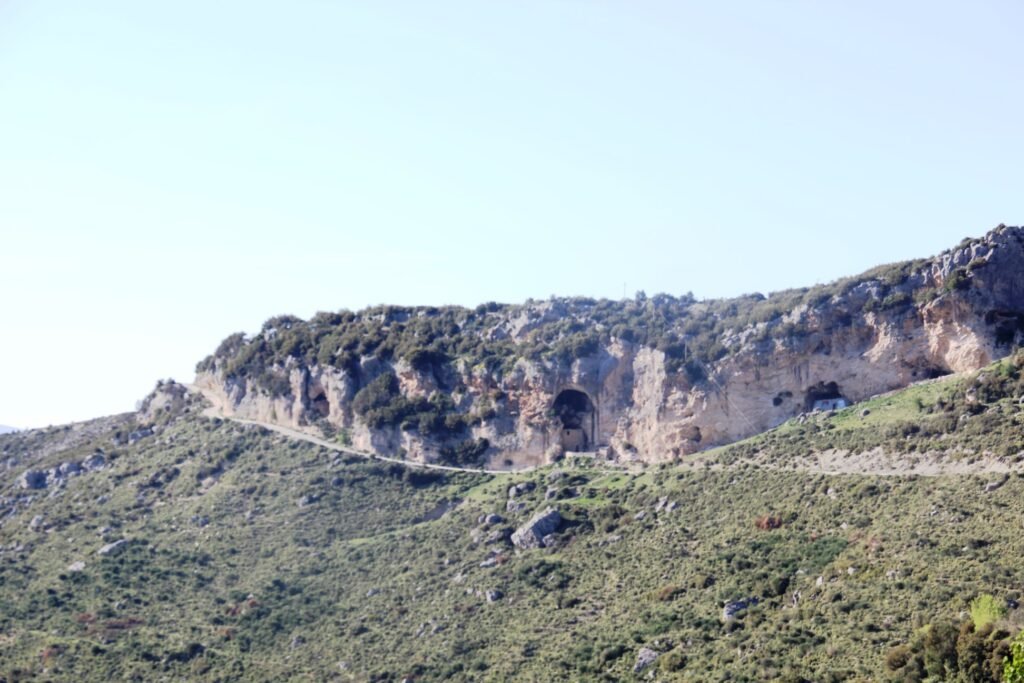
How to Visit Velca Cave
Location and Accessibility
Velca Cave is located near the village of Velçë in the Vlore region of Albania. The site is accessible by a scenic hike through the surrounding countryside. Visitors can explore the cave complex, guided by experts who can provide historical context and details about the various archaeological findings.
Best Time to Visit
The best time to visit Velca Cave is from spring to early autumn when the weather is ideal for hiking and outdoor exploration. The area is surrounded by beautiful landscapes, making it a great destination for nature lovers and history enthusiasts alike.
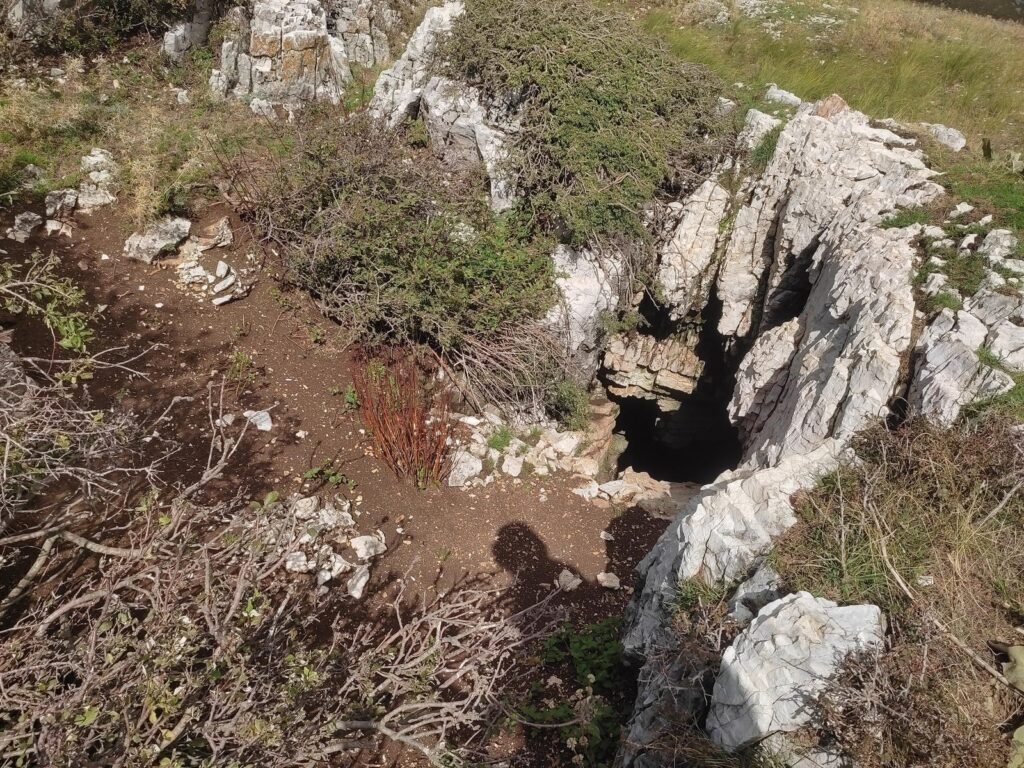
Conclusion
Velca Cave is one of Albania’s most important archaeological and cultural sites. Its fascinating history, stunning geological formations, and rich archaeological discoveries make it a must-visit location for those interested in exploring the ancient past. From the findings of prehistoric tools to the discovery of ancient pottery, the cave complex provides a unique glimpse into the lives of early human settlers in the Vlore region. A visit to Velca Cave is an opportunity to connect with Albania’s deep cultural heritage and experience one of the country’s most remarkable natural and historical sites.

